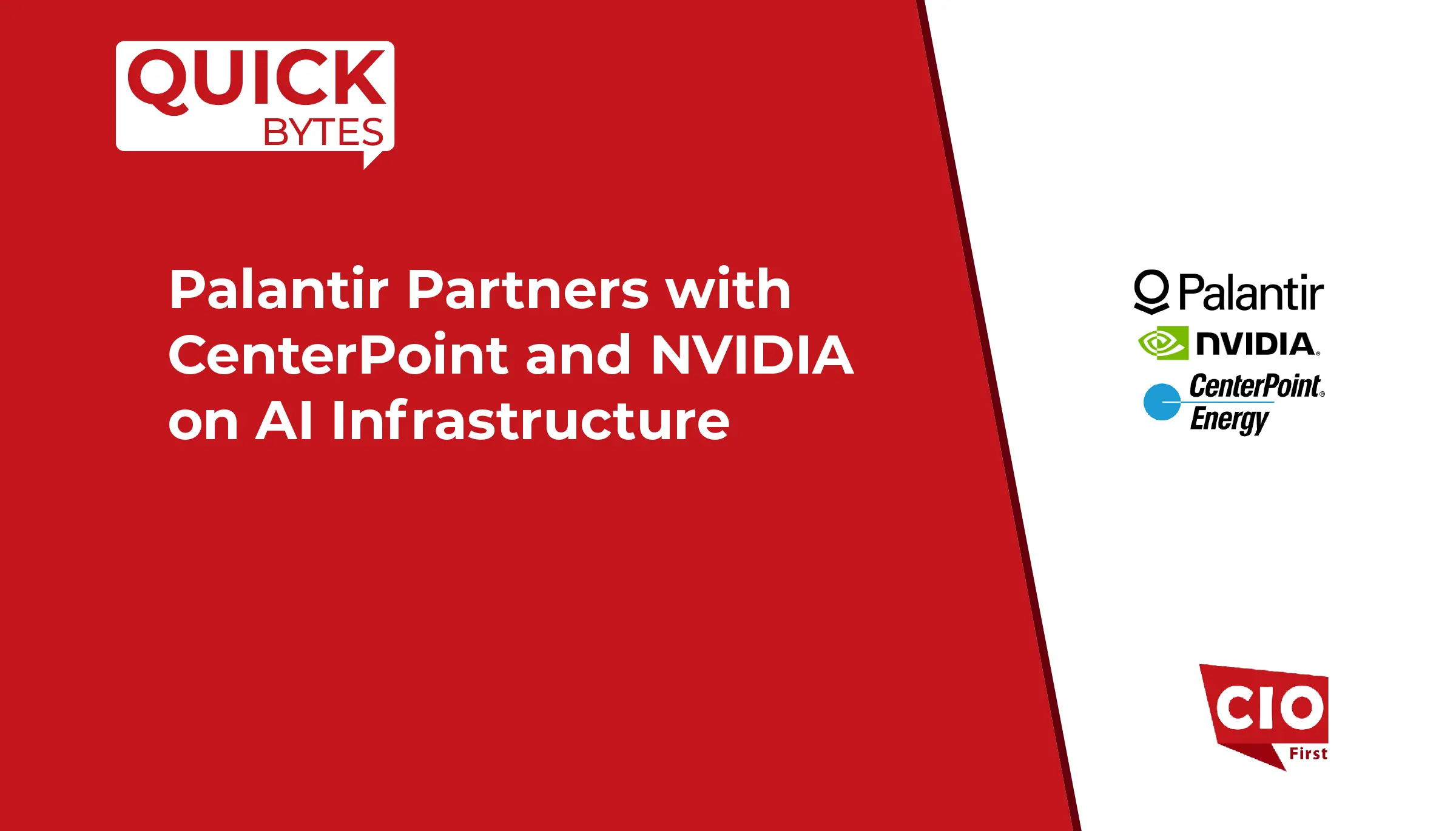Microsoft Corporation announced a joint research initiative with NVIDIA that advances real-time, AI-powered cyber defense through the development of “real-time immunity.” This collaboration uses adversarial learning to create efficient, low-latency threat detection models. These transformer-based models work at a large scale. They offer continuous protection against new AI-driven attacks.
Microsoft and NVIDIA found that outdated security tools struggle against advanced AI threats. These tools rely on fixed rules and signatures. Attackers are mixing reinforcement learning, LLM code generation, and multi-step reasoning. This makes their attacks faster and more adaptable. To counter this, the two companies have developed an autonomic defense pipeline that co-trains threat and defense models to anticipate, detect, and respond to attacks in real time.
Microsoft researchers trained transformer-based classifiers using an adversarial learning pipeline, performing model distillation and security-specific input segmentation. This allowed NVIDIA to develop a parallel tokenizer tailored to the structural patterns of security payloads, improving efficiency.
Also Read: Genspark and AWS Partners to Deliver Next-Gen AI Experiences
NVIDIA significantly enhanced inference performance by optimizing Microsoft’s classifier using TensorRT, custom CUDA kernels, and the Triton inference server. These optimizations reduced forward-pass latency from 9.45 ms to 3.39 ms – a 2.8× performance boost – and contributed to an overall system latency of 7.67 ms for real-time detection. nager at Microsoft NEXT.ai, commented: “Adversarial learning only works in production when latency, throughput, and accuracy move together. NVIDIA’s custom GPU kernel and tokenizer improvements gave us the headroom we needed to deliver real-time protection at enterprise scale – a meaningful step forward in defending enterprise customers against AI-driven attacks.”
Rachel Allen, Cybersecurity Manager at NVIDIA, said: “Securing enterprises means matching the volume and velocity of cybersecurity data and adapting to the innovation speed of adversaries. Defensive models need the ultra-low latency to run at line-rate and the adaptability to protect against the latest threats. The combination of adversarial learning with NVIDIA TensorRT accelerated transformer-based detection models does just that.”
Joint engineering efforts achieved a 160× performance improvement when migrating from CPU to GPU inference. The solution handles over 130 requests per second on NVIDIA H100 GPUs. It also keeps detection accuracy above 95% on adversarial benchmarks.
The collaboration offers real-world benefits. It allows for inline threat detection without delays. It also scales well in busy environments and accurately identifies adaptive, malicious payloads.
Microsoft and NVIDIA will strengthen their partnership. They aim to explore new model architectures for better adversarial robustness. They will also look into advanced acceleration techniques, like quantization. These innovations aim to boost real-time, AI-driven security defenses. They focus on complex and changing threat landscapes.























